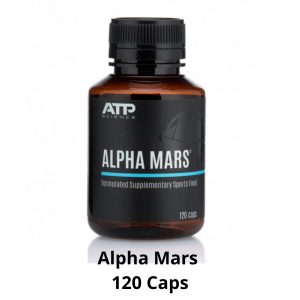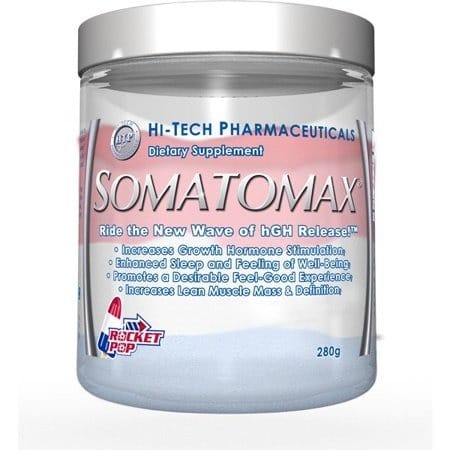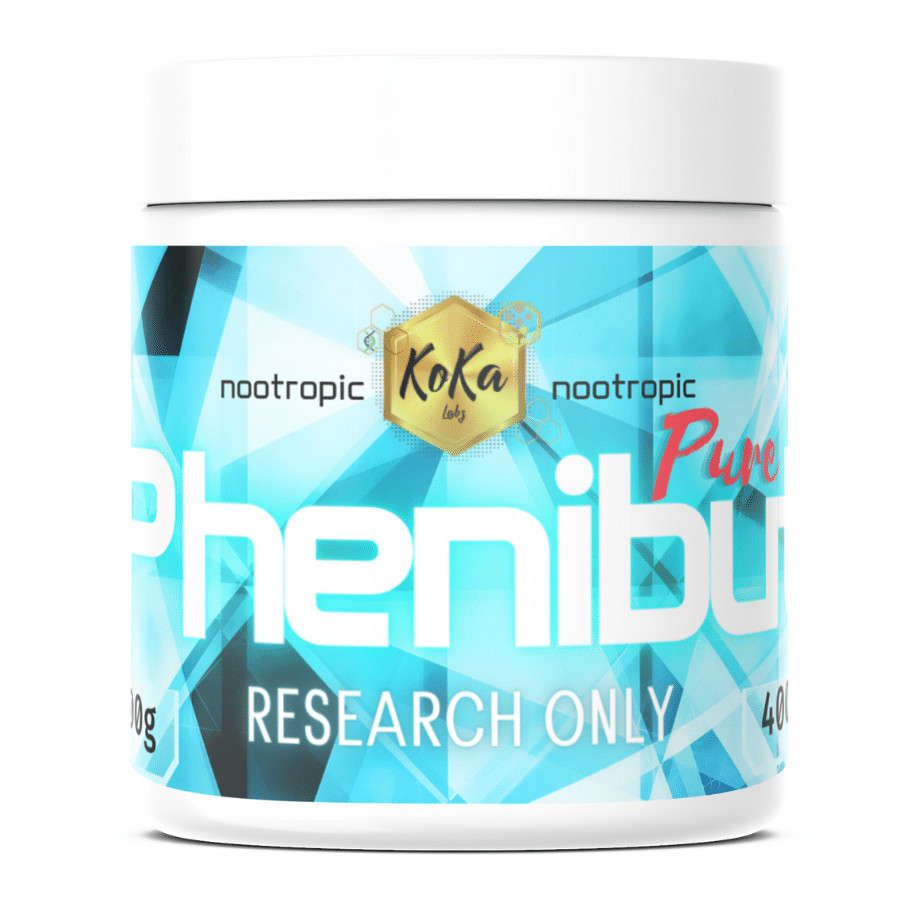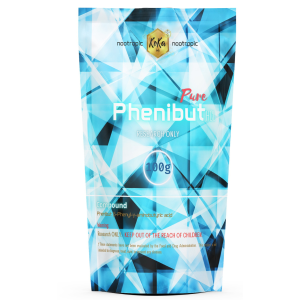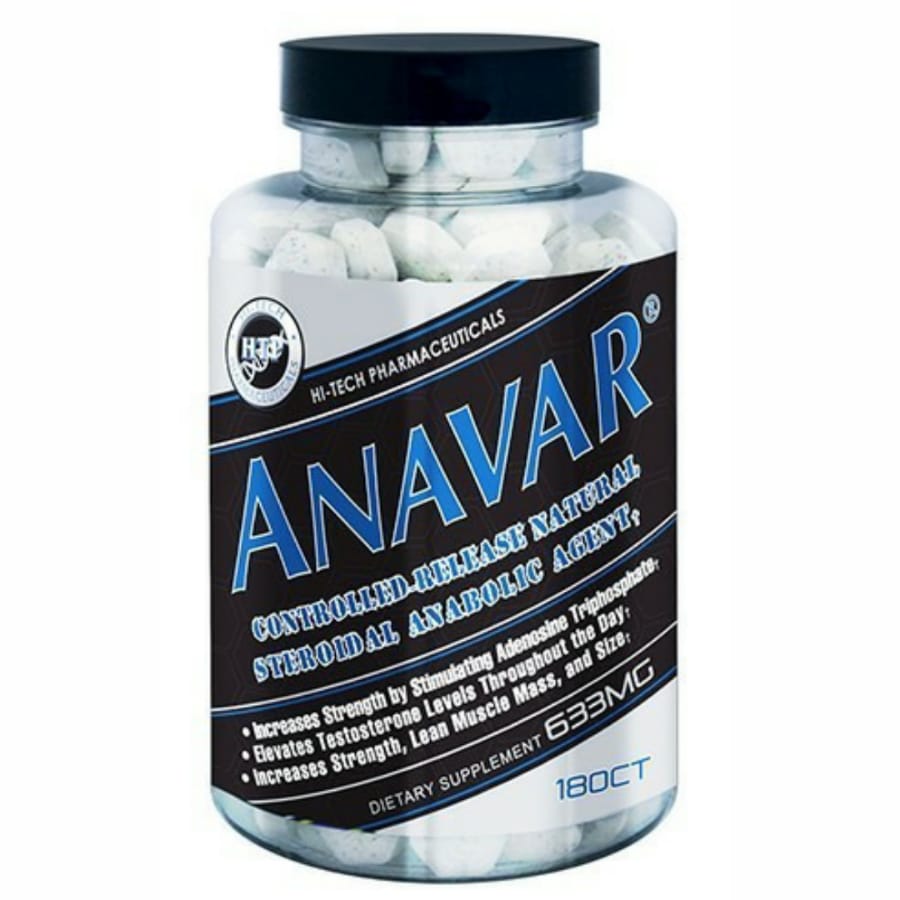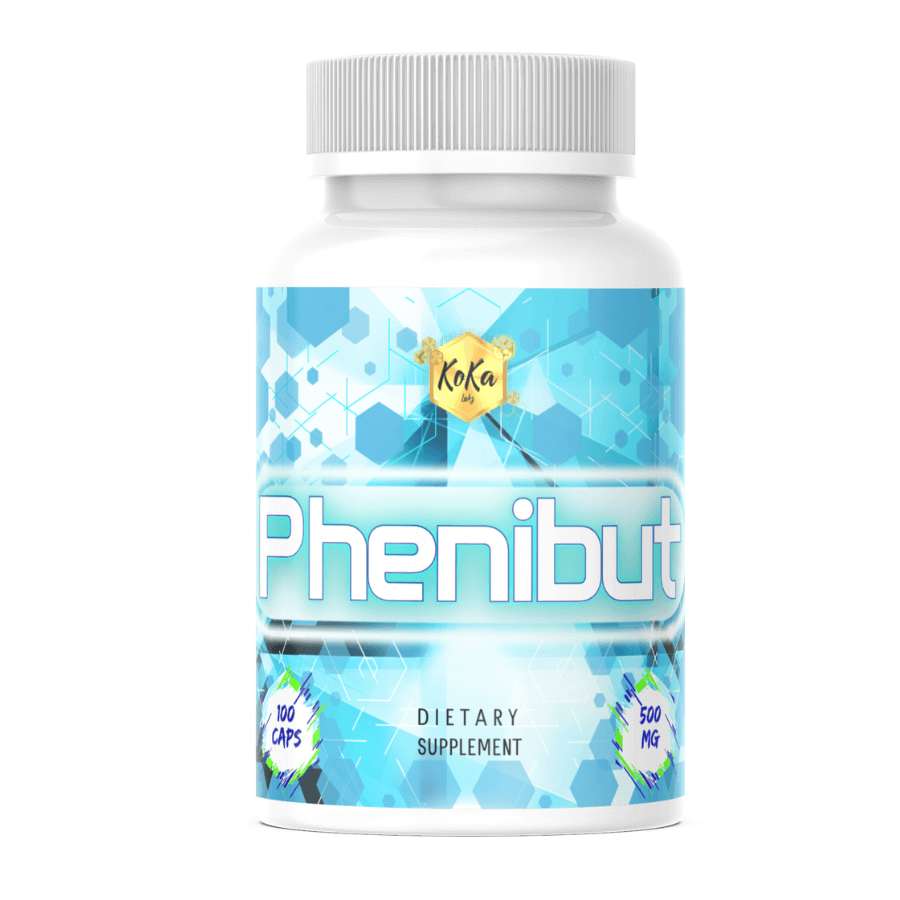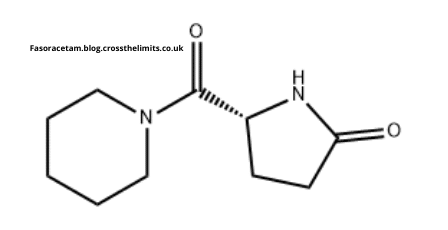
Fasoracetam – what is it, and when is it worth using?
 Racetams are a group consisting of several chemical substances classified as nootropics. This means that they have a direct effect on the functioning of the nervous system. One of the most prevalent compounds of this type is Fasoracetam. This substance can interact with GABA receptors located in the brain. This allows Fasoracetam to have a calming effect on the nervous system while improving cognitive abilities. So what else is there to know about this remarkable compound?
Racetams are a group consisting of several chemical substances classified as nootropics. This means that they have a direct effect on the functioning of the nervous system. One of the most prevalent compounds of this type is Fasoracetam. This substance can interact with GABA receptors located in the brain. This allows Fasoracetam to have a calming effect on the nervous system while improving cognitive abilities. So what else is there to know about this remarkable compound?
Clinical trials involving Fasoracetam
The last years of the 20th century went down in history as a period of intensive research on medical preparations. Researchers at the time were busy developing new substances that could help treat Alzheimer’s disease, among other conditions. This is precisely what the researchers employed by the Japanese company Nippon Shinyaku did. The result of their work was Fasoracetam, a new substance included in the group of racetams. However, the creators of this compound could not have suspected that Fasoracetam would become… a dietary supplement shortly.
Of course, initially, the researchers checked whether the described compound could play an effective drug. The effect of Fasoracetam was put to the test during clinical trials involving patients suffering from dementia. The first reports could have been optimistic, as the tested substance positively affected the patients’ condition. Unfortunately, the third phase of clinical trials did not yield the expected results. This prompted the researchers to temporarily suspend the tests.
Fortunately, the researchers did not fold their arms and additionally tested Fasoracetam as a treatment for ADHD. Unfortunately, this decision turned out to be a medical bull’s eye. Fasoracetam increased the patients’ ability to stay focused and positively affected their cognitive functions. It is no wonder that today Fasoracetam is often used by people suffering from this disorder.
Fasoracetam as a Nootropic
Reports of a positive correlation between taking Fasoracetam and improving cognitive function have not escaped the attention of researchers. Companies specializing in creating nootropics decided to take advantage of this fact and launch new preparations containing Fasoracetam. Thus, more people could test the effects of this compound on their own skin. What were the opinions of consumers?
First and foremost, people who took this compound reported an improvement in their memory. Such reports coincide with the results of the described studies on the use of Fasoracetam in people suffering from dementia. Therefore, it can be concluded with high confidence that such supplementation does indeed provide significant benefits in terms of memory improvement. However, this was not the only significant effect reported by users.
In addition to this, plenty of people emphasized that taking Fasoracetam provided them with so-called clarity of thought. In this case, the exact mechanism of action is not known. This effect is probably due to the stimulating effect of Fasoracetam on the synthesis of hormones acting as neurotransmitters. Increasing their concentration may have a beneficial impact on our cognitive abilities. Other results reported by people taking Fasoracetam, such as increased motivation and reduced anxiety, can also be explained.
When and in what doses should Fasoracetam be taken?
All individuals interested in taking Fasoracetam should focus on finding dietary supplements containing this compound. This is not difficult, as the growing popularity of nootropics has significantly increased the availability of such substances.
As far as the recommended way of taking Fasoracetam is concerned, it mainly depends on the individual predispositions of our body. As a rule, the initial period of supplementation should be based on the use of small doses. In the case of Fasoracetam, these will be doses of 5-10 milligrams. Only after some time can they be increased to 20-30 milligrams. A similar rule applies to the number of doses you take. Initially, you should take Fasoracetam once a day. However, once the body’s tolerance has increased, it is worth considering taking two or three doses each day.
The time of day is not essential in this case. However, it is not advisable to take Fasoracetam with meals. This is because some foods may interfere with their absorption. Importantly, Fasoracetam can be safely combined with other nootropics. The most common regimens involve taking it together with caffeine, Brahmi, ashwagandha, or ginseng.
Summary
 Fasoracetam is a compound used primarily in the treatment of individuals suffering from ADHD. However, its properties may also provide benefits to healthy individuals. Tests have shown that Fasoracetam enhances the synthesis of hormones that act as neurotransmitters. This, in turn, produces several positive effects. People who take
Fasoracetam is a compound used primarily in the treatment of individuals suffering from ADHD. However, its properties may also provide benefits to healthy individuals. Tests have shown that Fasoracetam enhances the synthesis of hormones that act as neurotransmitters. This, in turn, produces several positive effects. People who take
Fasoracetam most often points to a perceived improvement in memory, improved cognitive functions, and increased motivation levels. Importantly, these effects can be achieved with really low doses of Fasoracetam. Beginners are advised to take doses of 5 or 10 milligrams. Only later can the amount be gradually increased. Moreover, there are no significant contraindications for combining Fasoracetam with other nootropics or adaptogens.

